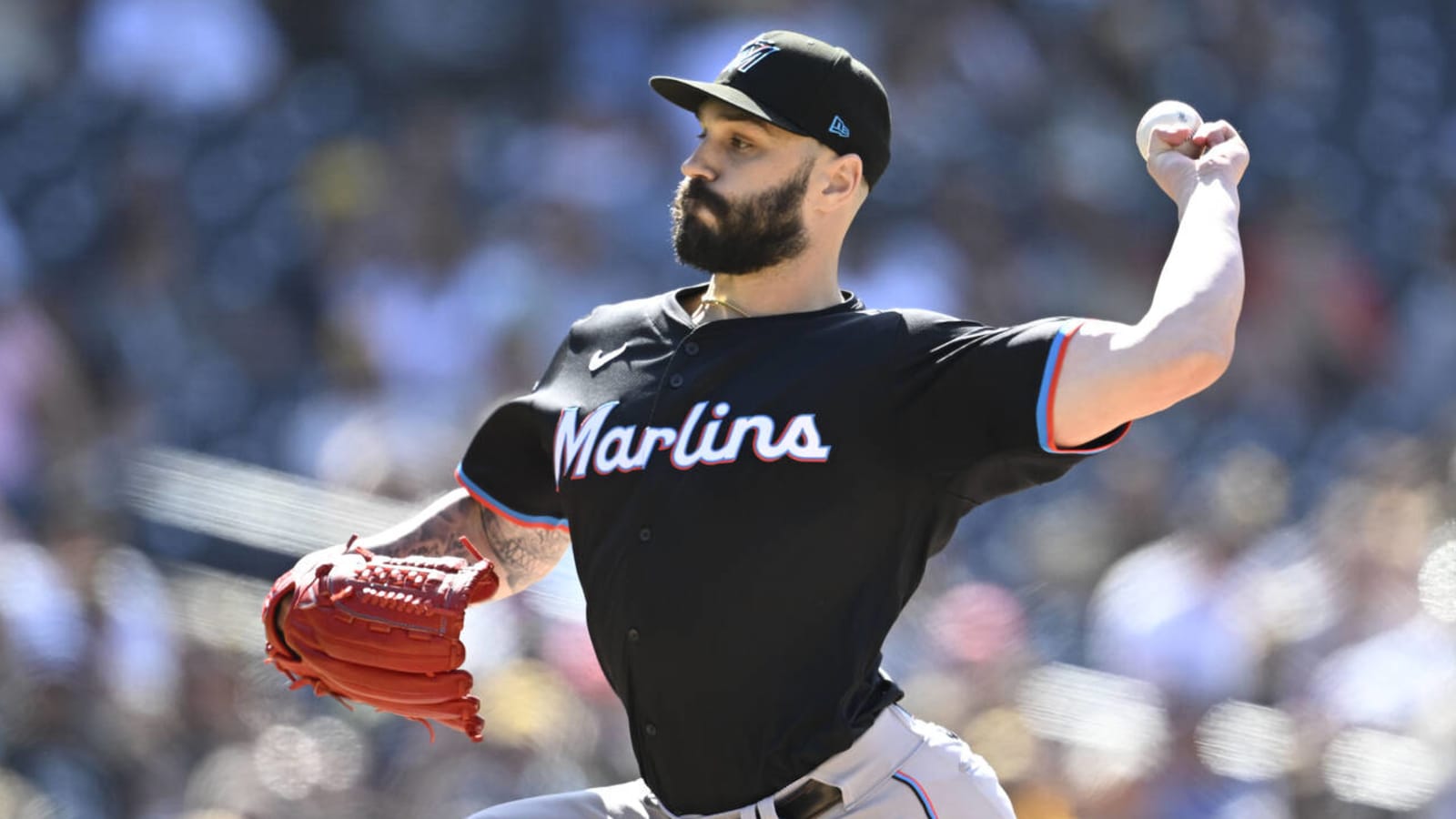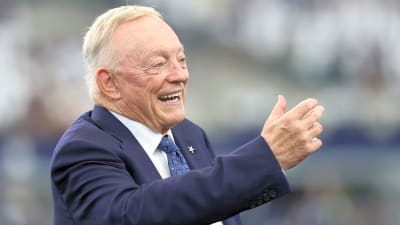
The Marlins’ awful start to the season and uncommonly early trade of star infielder Luis Arraez served as clear indicators of the direction they’ll take as this summer’s trade deadline approaches, and Ken Rosenthal of The Athletic reports Friday that teams have already been inquiring on closer Tanner Scott.
Given the state of the Marlins, it shouldn’t come as a surprise if and when virtually any player on the roster is discussed as a potential trade candidate. Nevertheless, it’s somewhat notable that clubs have already been gauging the asking price on Scott. That’s especially true since the left-hander stands as the Marlins’ most logical and likeliest trade candidate. He’s a free agent at season’s end and earning a notable (by Miami’s standards) $5.7M salary. It’d be a shock if the Marlins didn’t trade him at some point in the next two months.
Scott was one of the best relievers in all of baseball in 2023, pitching to a 2.31 ERA with a huge 33.9% strikeout rate. The now-29-year-old southpaw had battled alarming command troubles throughout his career but in 2023 looked to have put them in the rearview mirror. Scott walked hitters at a lower-than-average 7.8% clip — the first season of his career with a walk rate under 11.6%. Improved command, paired with a blazing heater (96.9 mph average) and wipeout slider made Scott virtually automatic. He converted 90% of the time in a save situation, picking up a dozen saves and 24 holds with only four blown saves.
This season has been more of a mixed bag. Scott’s 1.57 ERA is pristine, but his longstanding command problems have returned. He’s walked 17.8% of his opponents this year, making that microscopic ERA something of a mirage. That said, much of Scott’s trouble in that area occurred early in the season. The lefty walked nine hitters through his first 5 2/3 innings but has walked only nine men since that time — in a span of 17 1/3 frames. Things have been even better of late; Scott has just one walk in his past six innings. The southpaw’s strikeout rate is still down this season, sitting at a roughly average 22.8%, but he’s inducing grounders at a hefty 54.5% clip and his Scott’s fastball remains as potent as ever.
Dating back to Scott’s 2020 breakout with the Orioles, he’s pitched 238 1/3 innings of 3.32 ERA ball. His 13% walk rate in that time is problematic, but last year’s gains and the recent improvement after some early-season struggles suggest that a lower rate could reasonably be expected. Scott has also fanned 30% of his opponents dating back to the 2020 season, while keeping more than half the batted balls against him on the ground. Even in the modern era of power arms, left-handers with this type of velocity aren’t common. Only four southpaw relievers in baseball have averaged better than Scott’s 96.8 mph on his heater dating back to 2020 (Gregory Soto, Jose Alvarado, Aroldis Chapman, Genesis Cabrera).
As of this writing, the Marlins still owe Scott $3.7M of this season’s salary. That’s an affordable sum for most clubs throughout the game, even those that have luxury-tax concerns. However, Miami showed in the aforementioned Arraez trade that the club would pay down additional salary in order to extract what the front office believes to be a stronger return. If the Fish are willing to cover the bill on some or all of the money yet owed to Scott, that would only figure to strengthen whatever prospect package they ultimately acquire.
Barring a major injury, a trade of Scott seems all but inevitable. Fellow impending free agents Josh Bell and Tim Anderson would be clear trade candidates themselves if either were performing up to career levels, but Bell has been a roughly league-average bat this season while Anderson’s production has been even worse than his disastrous 2023 showing in Chicago.
Beyond Miami’s impending free agents, just about any player who’s already into or approaching his arbitration years seems like a candidate to move. Lefty Jesus Luzardo is one of the most obvious trade candidates in all of baseball, and teams will surely inquire on fellow starters Trevor Rogers (controlled through 2026) and Braxton Garrett (controlled through 2027 but Super Two eligible this offseason). Outfielders Jazz Chisholm Jr., Bryan De La Cruz and Jesus Sanchez are also potential trade candidates, though only Chisholm is in the midst of a particularly strong season at the plate. Both Chisholm and Luzardo are controlled two more seasons beyond the current year. Chisholm is earning $2.625M. Luzardo is earning $5.5M.
More must-reads:
- Three trade chips for the Miami Marlins
- The 24 pitchers who have thrown an MLB perfect game
- The '2003 Florida Marlins' quiz
Breaking News
Trending News
Customize Your Newsletter
 +
+
Get the latest news and rumors, customized to your favorite sports and teams. Emailed daily. Always free!








